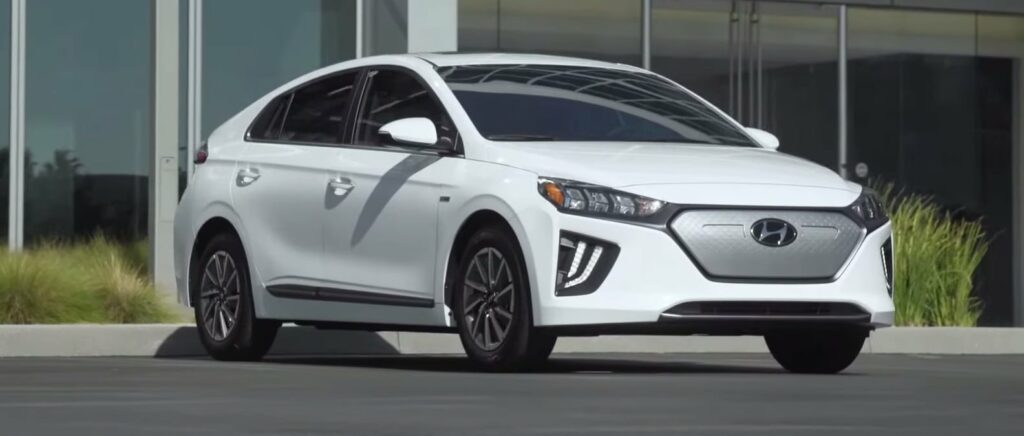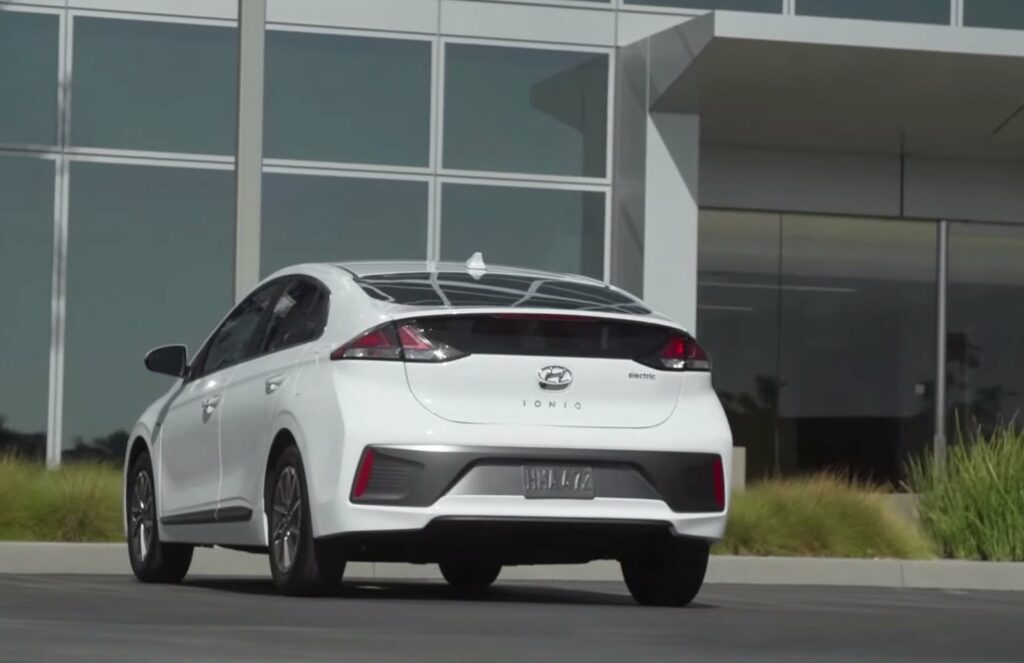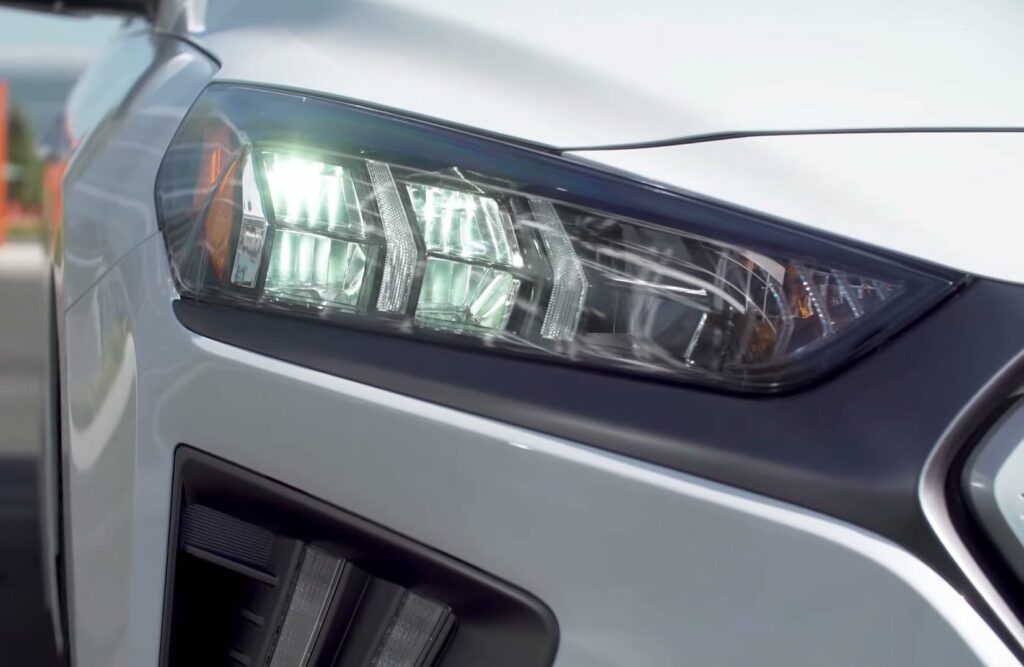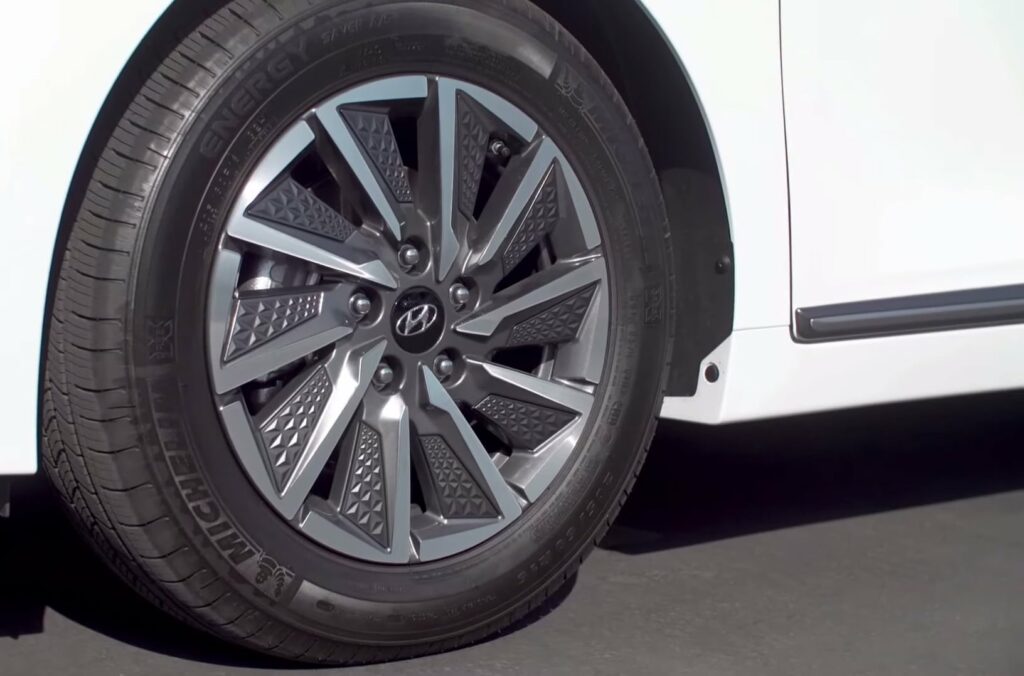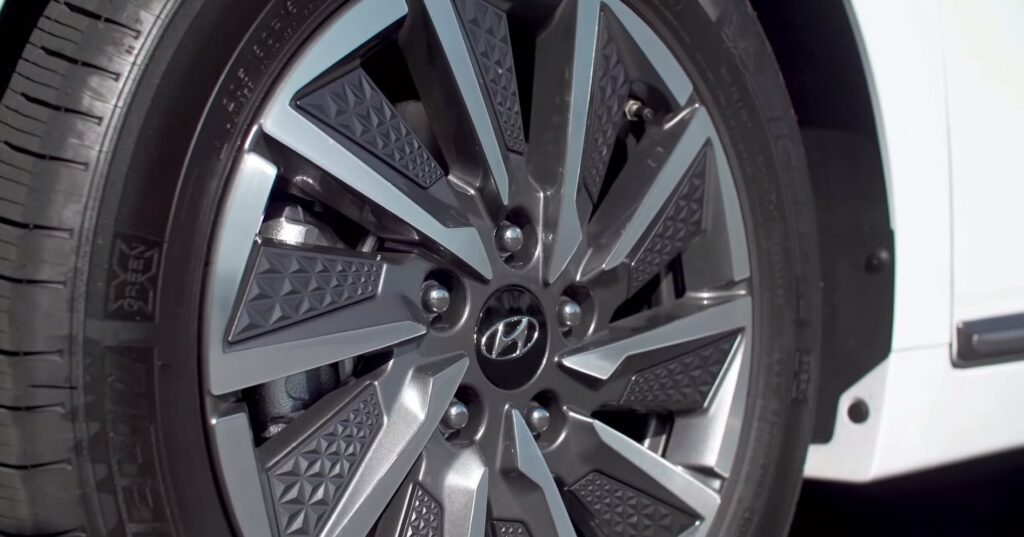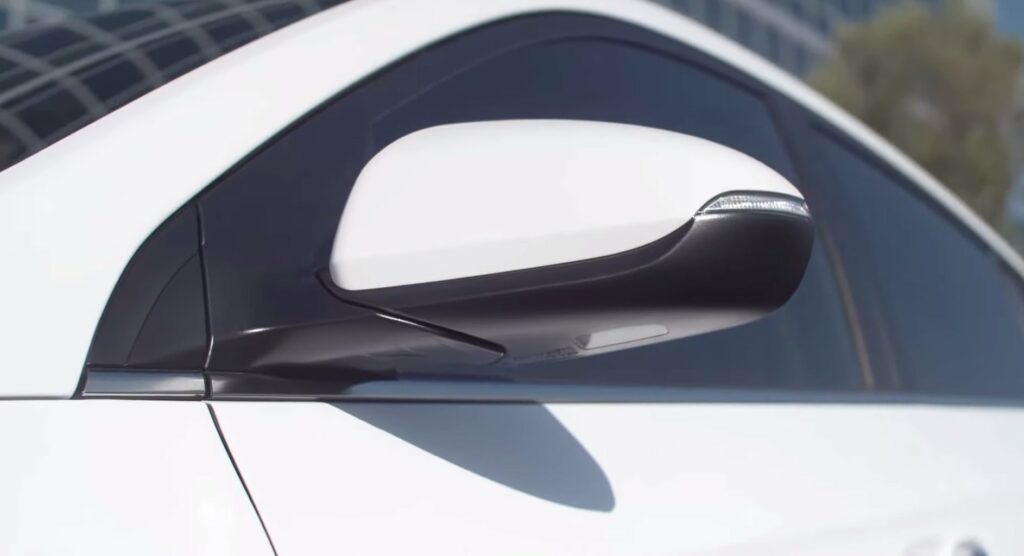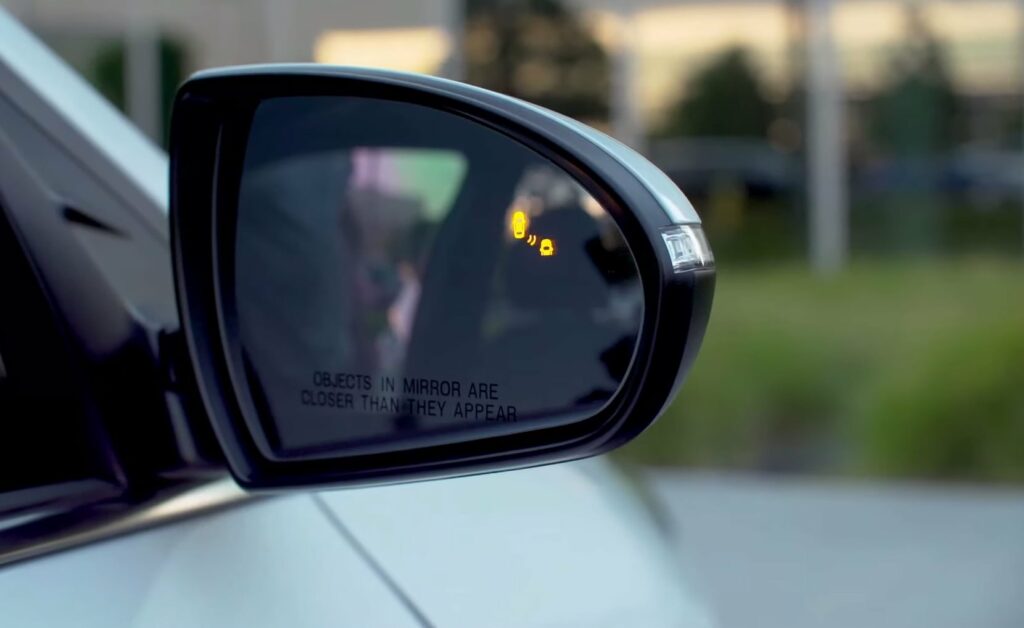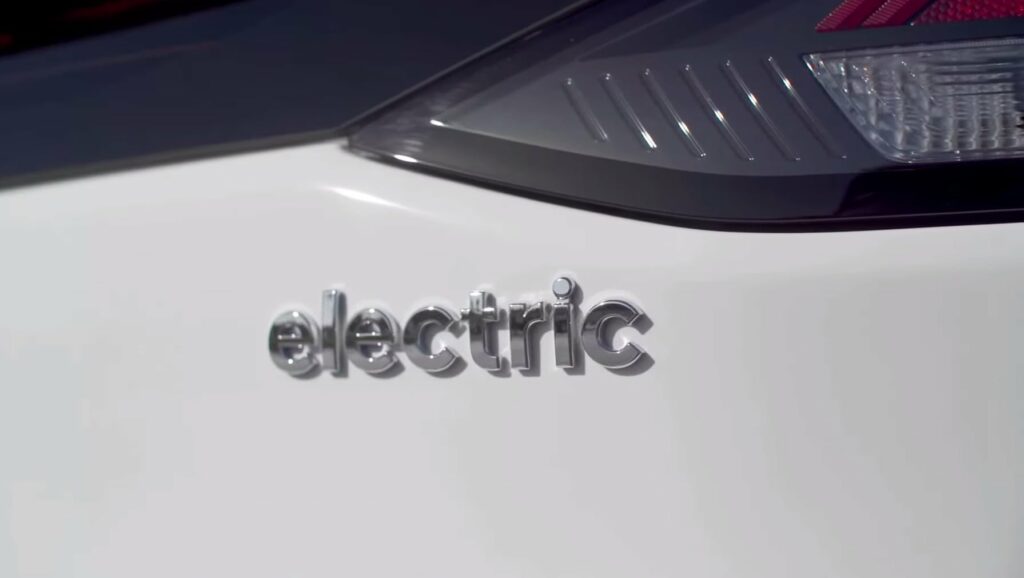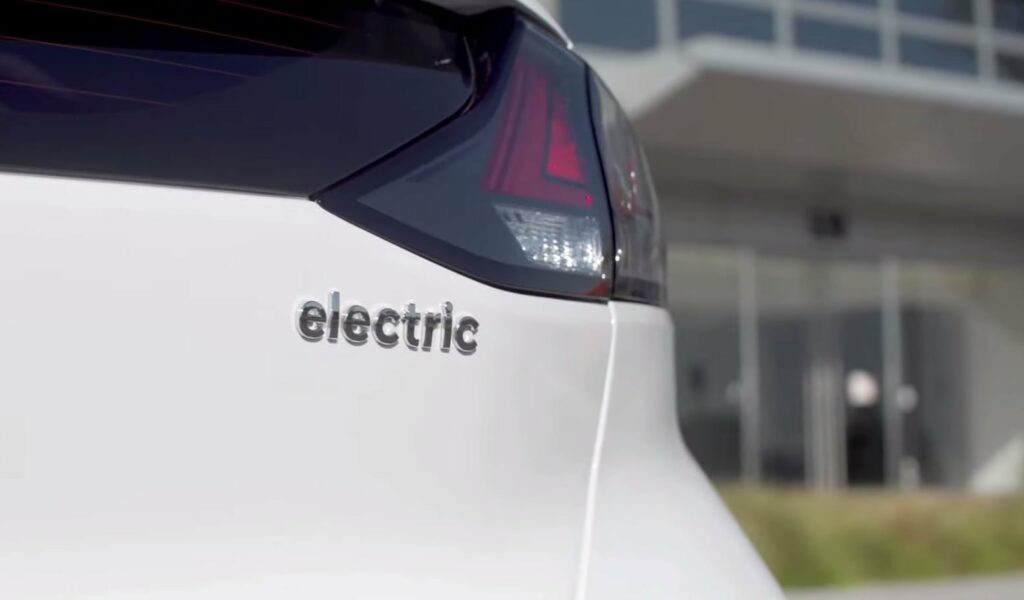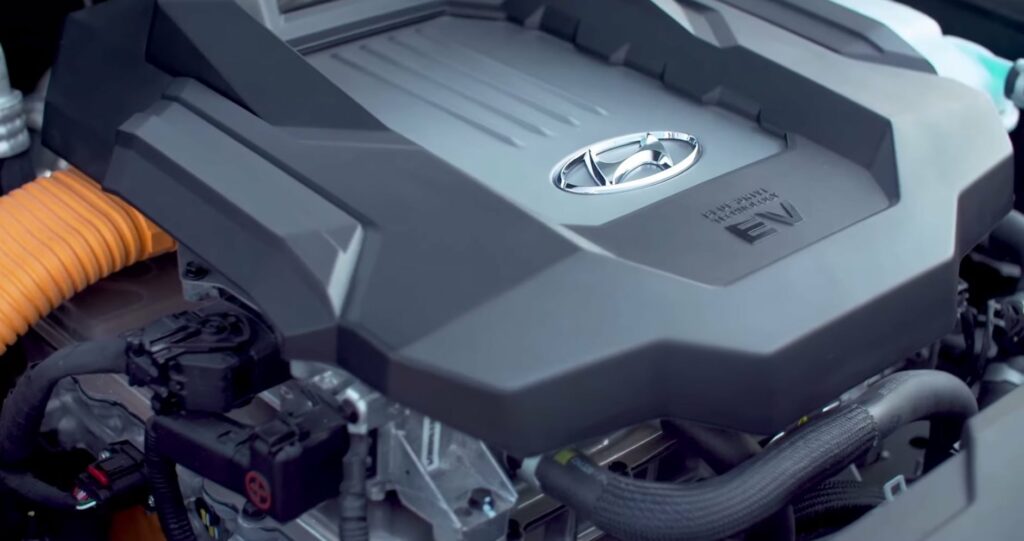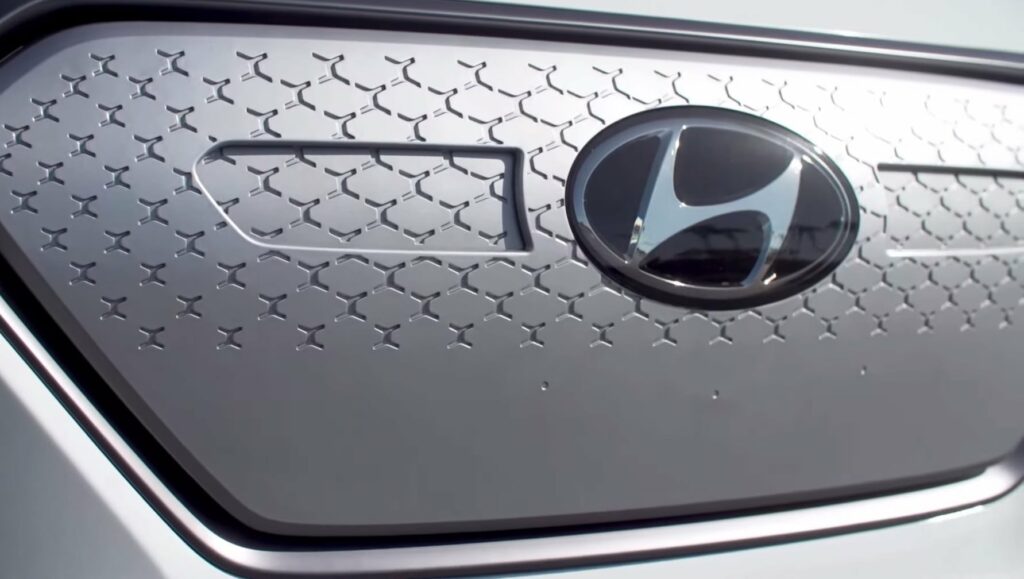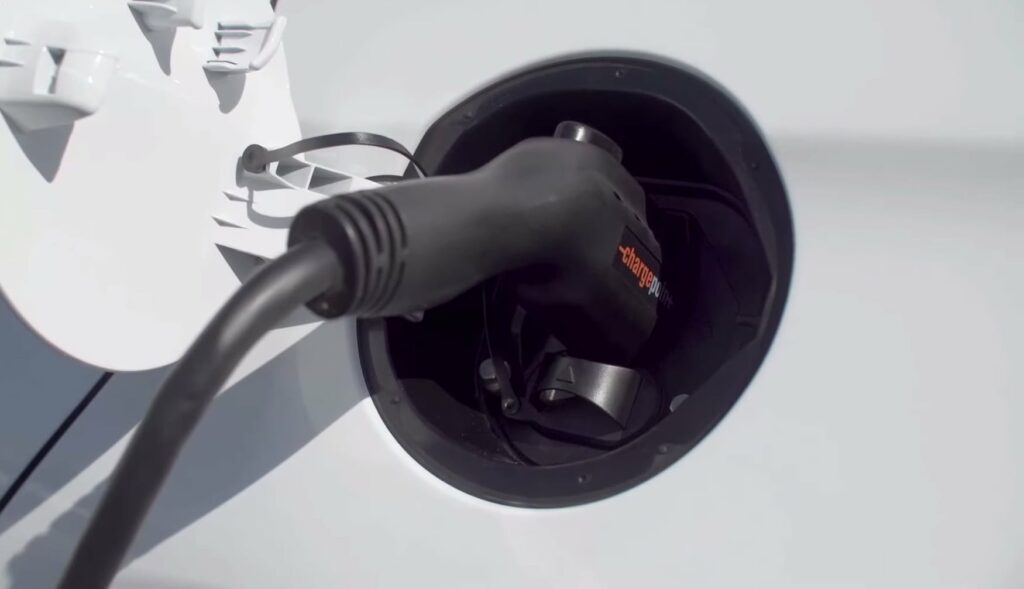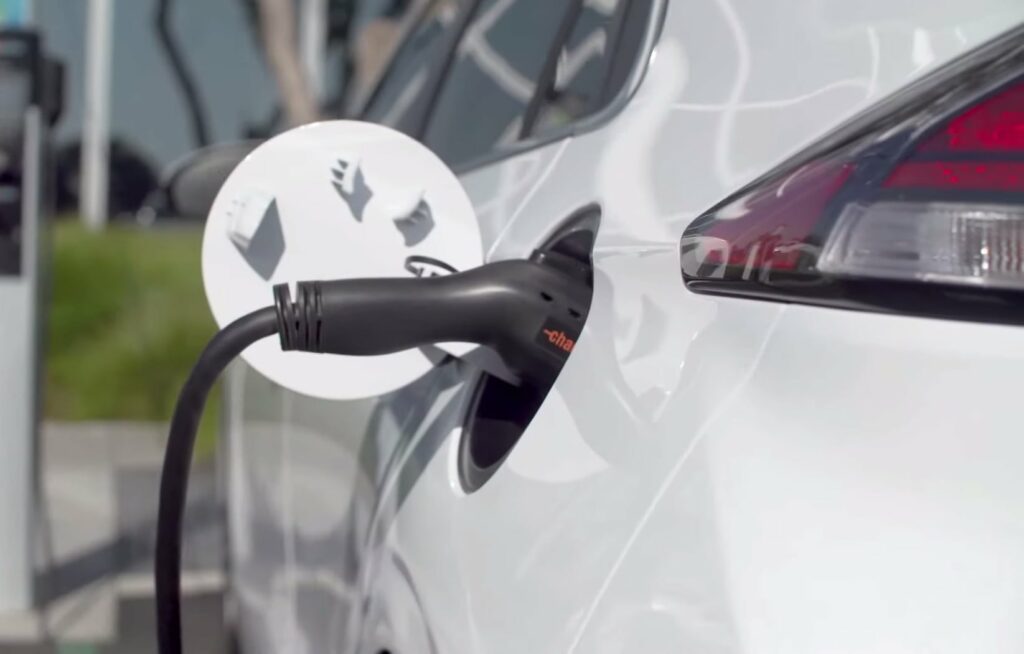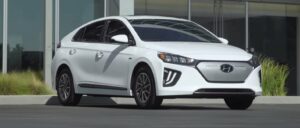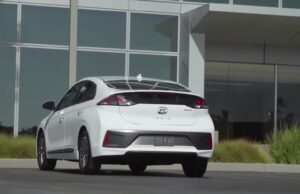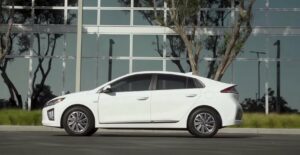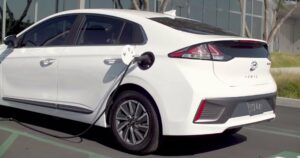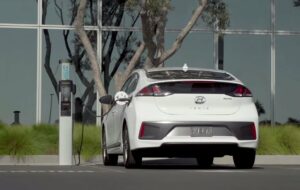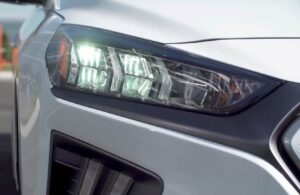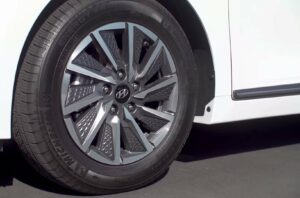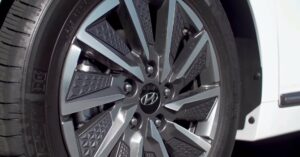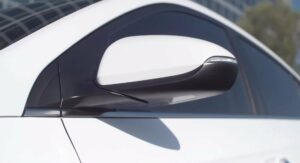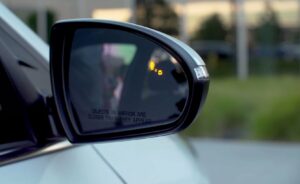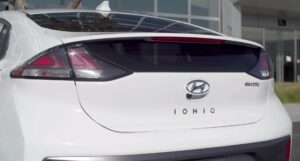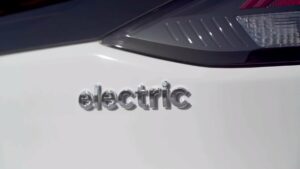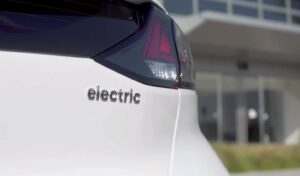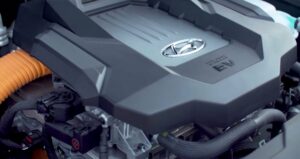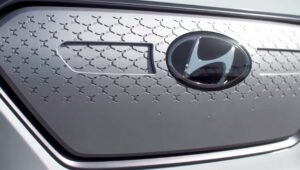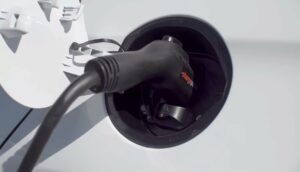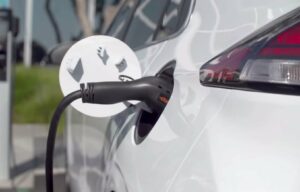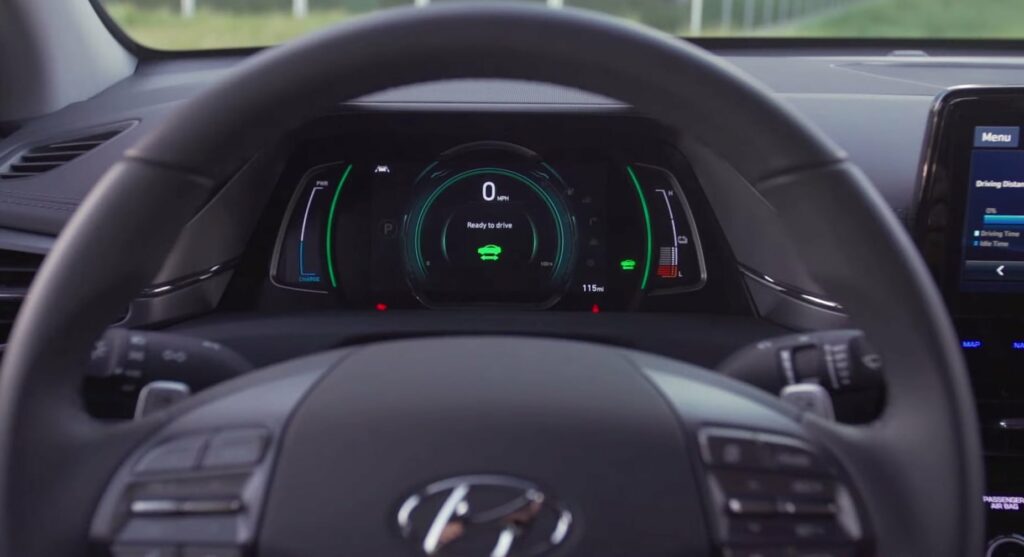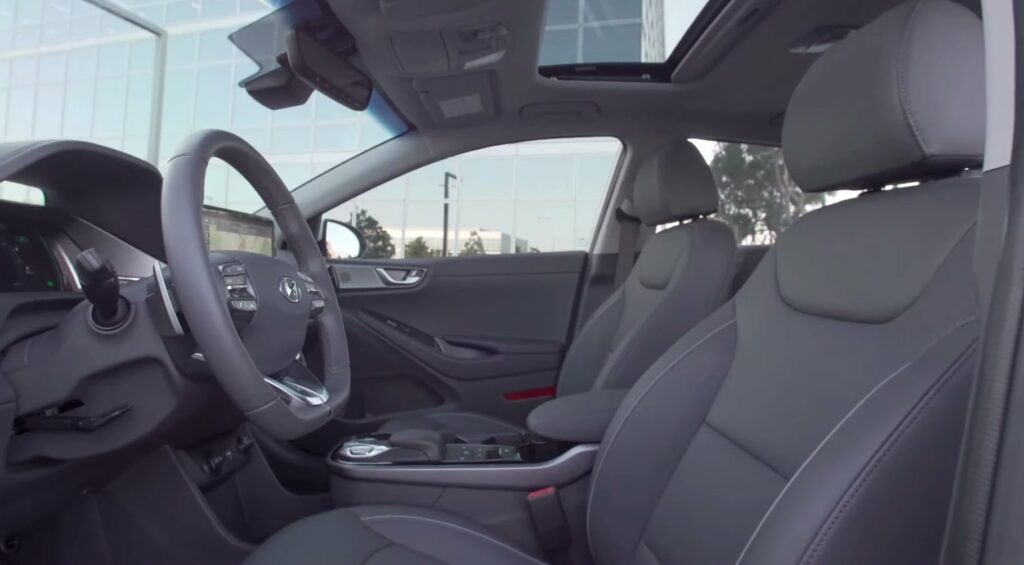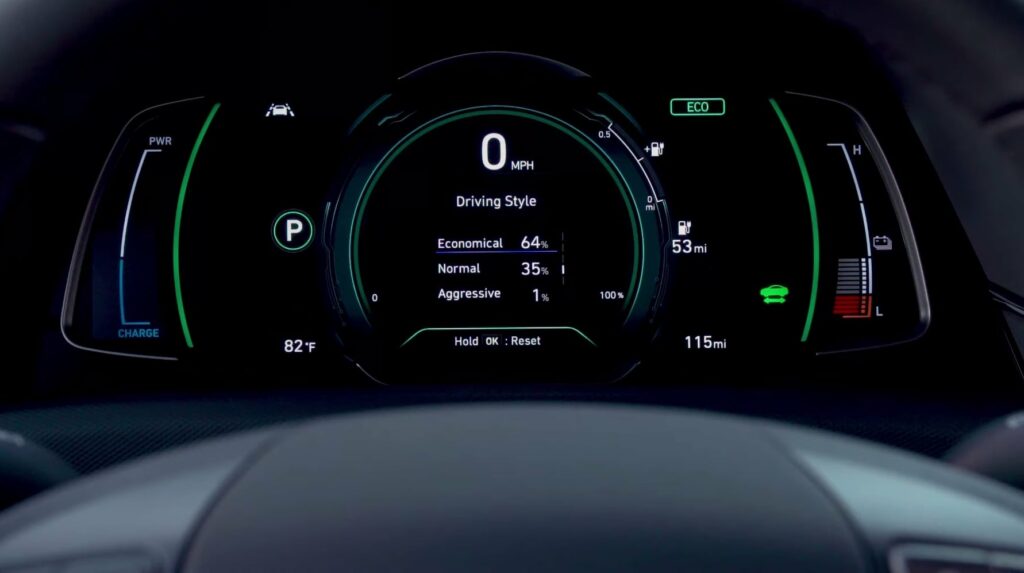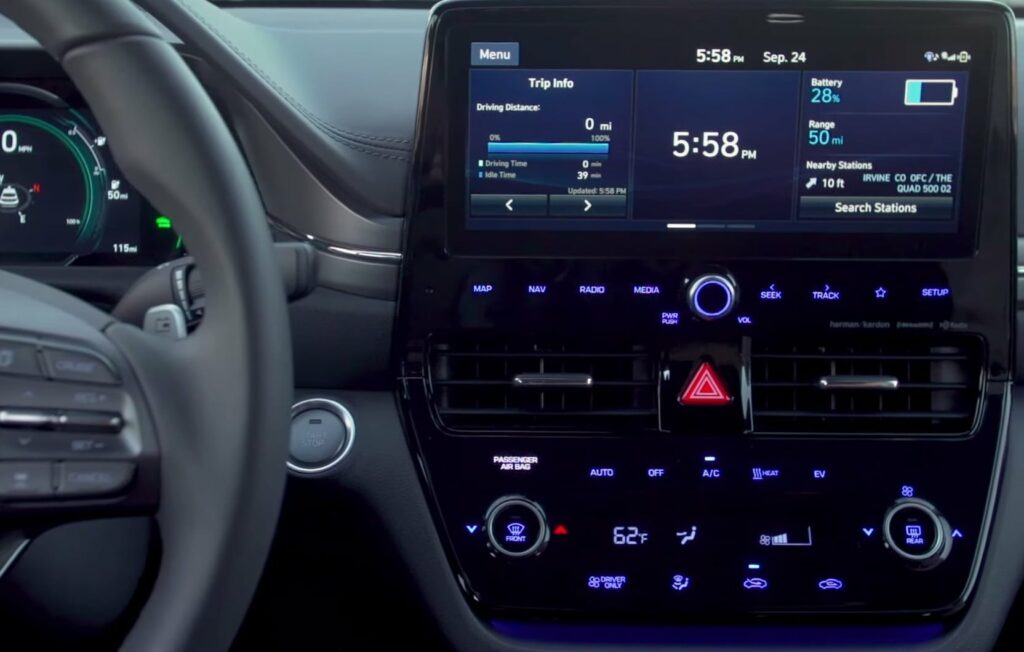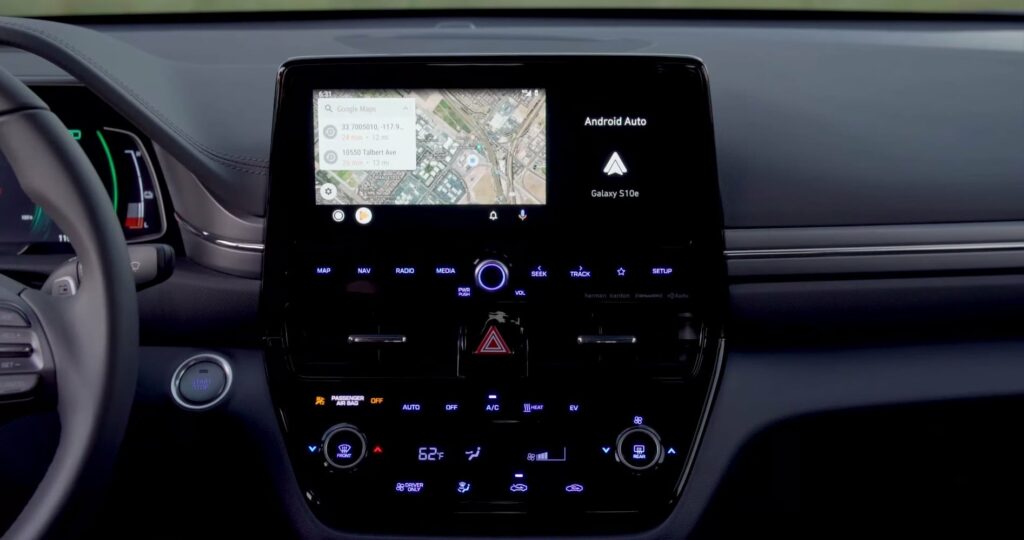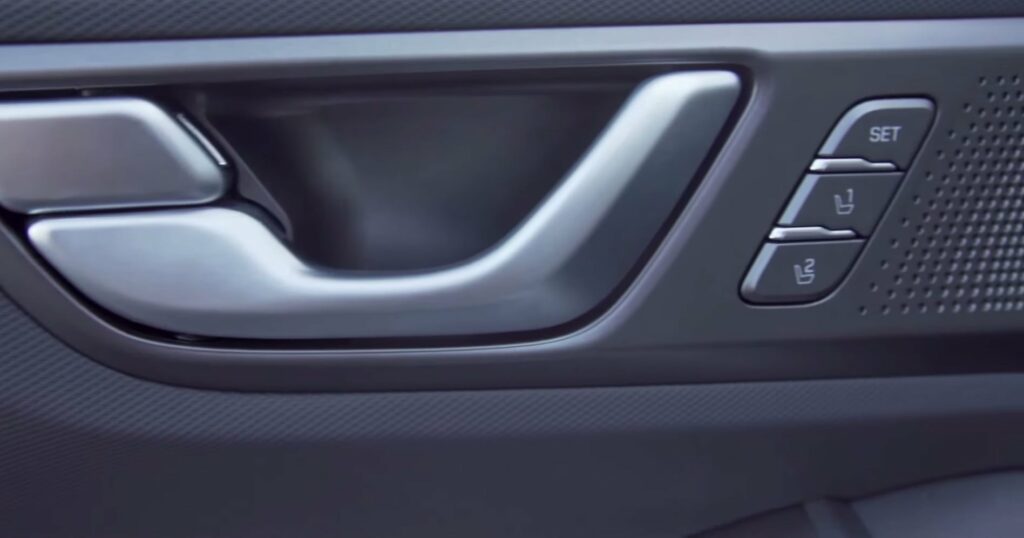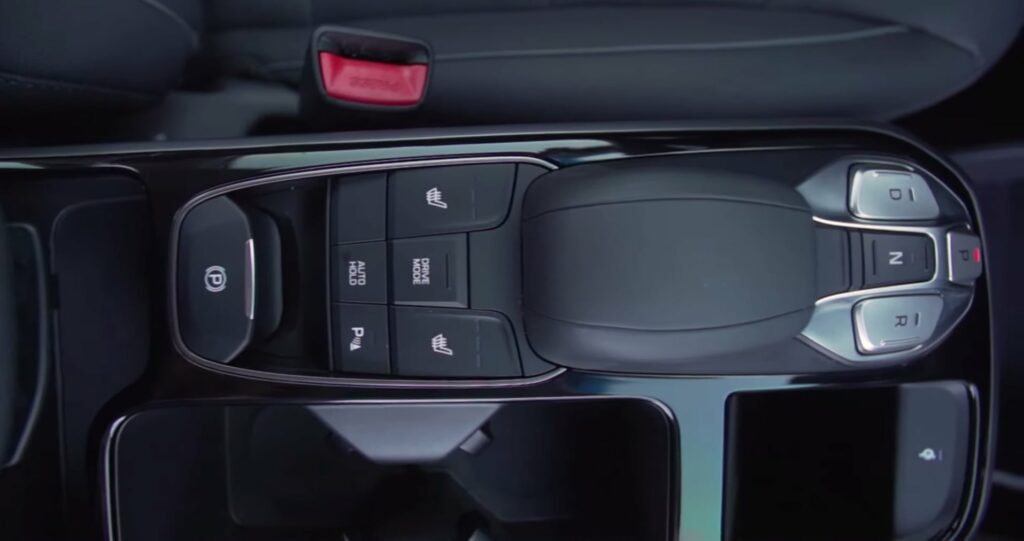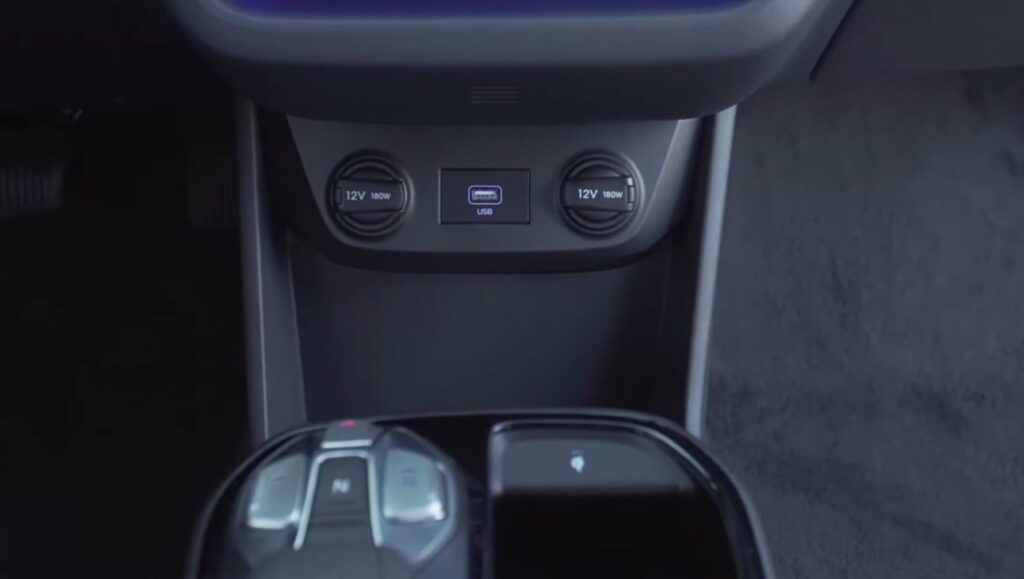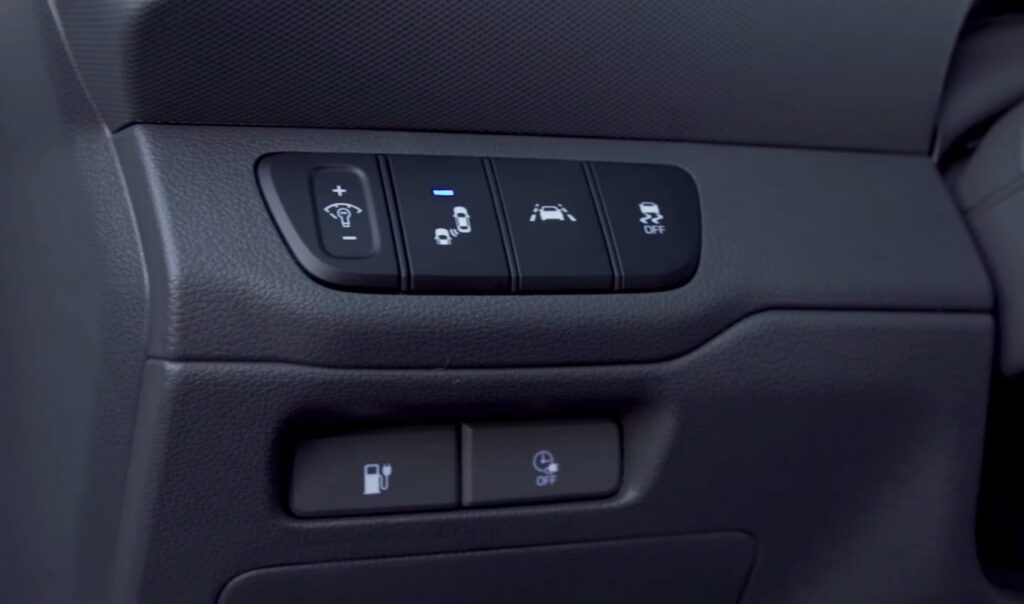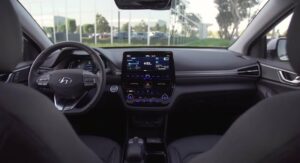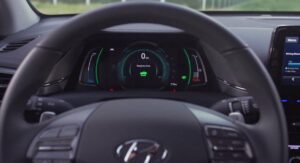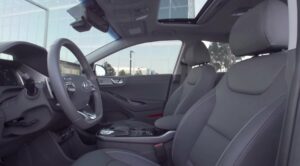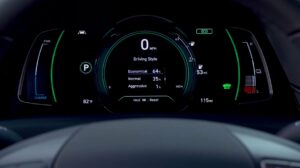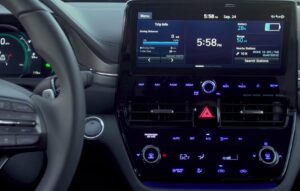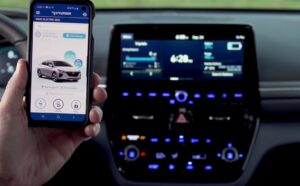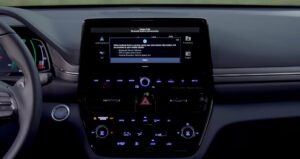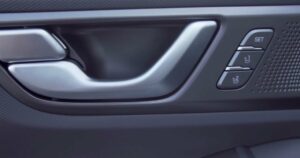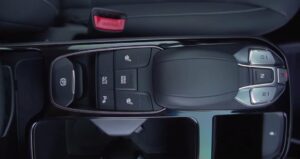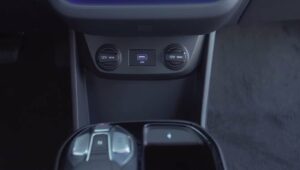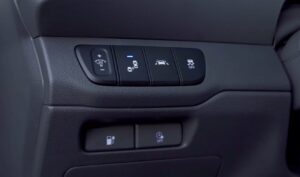Hyundai IONIQ Electric 2019 is an updated version of the popular electric car, which is one of the most energy-efficient electric cars on the market. The facelifted version has received several significant updates, in particular a higher-capacity battery, and new exterior, and interior details.
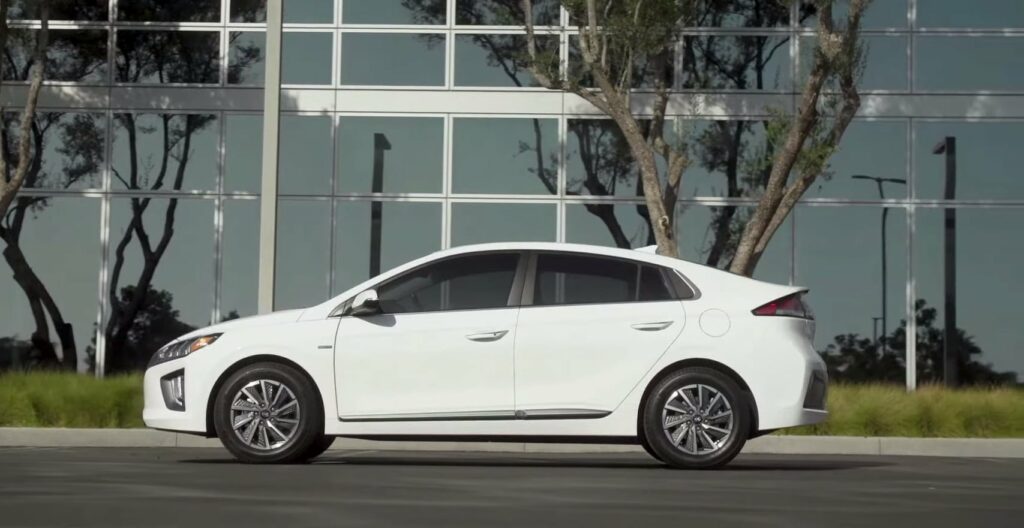
Transmission of Hyundai IONIQ Electric
The front-wheel drive transmission Hyundai IONIQ Electric 2019 features a 100 kW (136 hp) electric motor with 295 N⋅m of torque, which accelerates the electric car to 100 km/h in 9.7 seconds and a top speed of 165 km/h.
Hyundai IONIQ Electric battery and charging 2019
The main upgrade for the 2019 Hyundai IONIQ Electric is an increased battery to 38.3 kW⋅h capacity, capable of giving the electric car a range of 294 km on the WLTP cycle.
The 2019 Hyundai IONIQ Electric 2019 can be charged from AC mains through a Type 2 port with 7.2 kW of power in 6 hours and 15 minutes, and on CCS Combo fast charging stations with 100 kW of power in 54 minutes to 80% of battery capacity.

The electric car has not received radical visual changes compared to the previous version, however, a few differences in the exterior still exist. Firstly, the design of the panel covering the grille has changed. Second, the structure of the front bumper was updated, which now has a more expressive and dynamic image.
The pattern of the front and rear headlights has also changed, as well as the design of the daytime running lights. Other changes include a more diverse body paint palette, in which there are four completely new color shades.
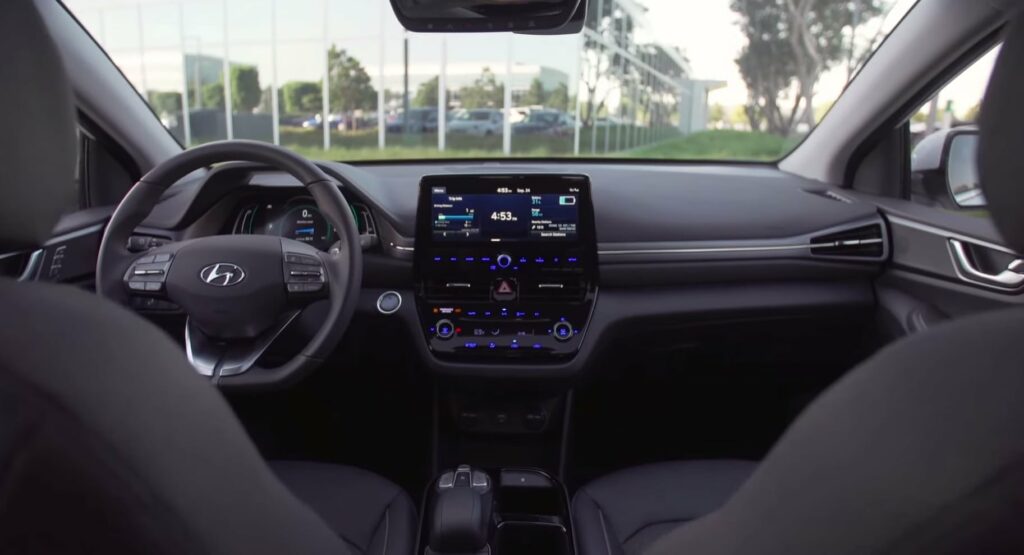
Hyundai IONIQ 2019 electric car interior
Inside the Hyundai IONIQ Electric 2019 has changed much more tangibly, in particular, there is a new widescreen 10.25-inch display, and redesigned controls of the climate system. The interior has received several additional leather trim options, plus there is a blue center console illumination on the passenger side.
Hyundai IONIQ Electric equipment and safety
The electric car features a Hyundai Blue Link telematics system that allows the driver to remotely control the climate control, start and stop the electric car, monitor the level, and control charging using the mobile app.
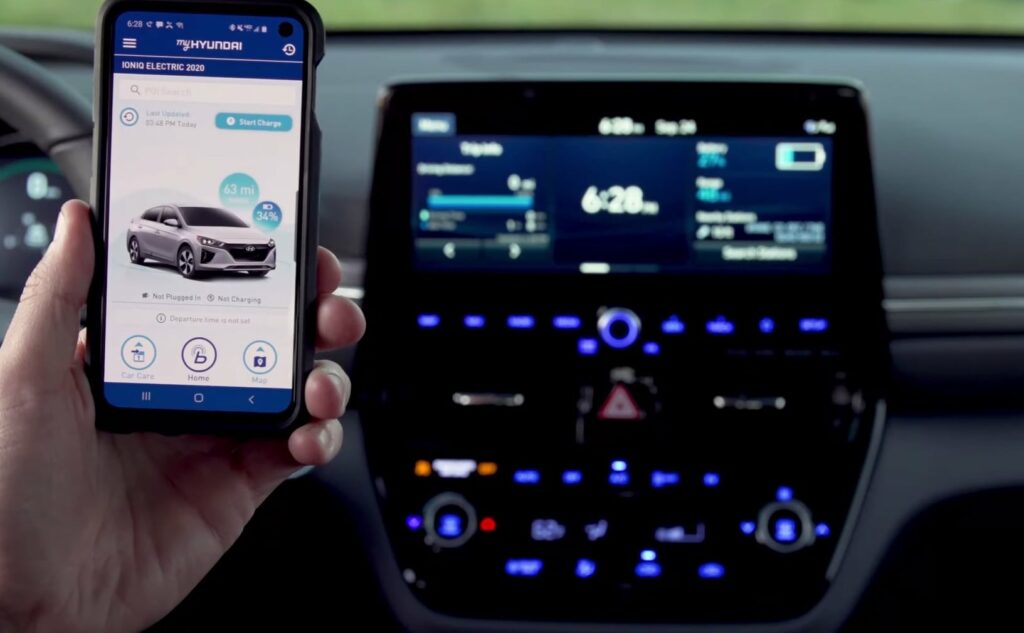
The electric car’s safety has been seriously improved with Hyundai’s comprehensive SmartSense technology package, which includes advanced driver assistance modes:
frontal collision warning;
Crosswalk detection and collision avoidance;
Lane Keeping Assist;
High Beam Assist;
Lane Keeping Assist (optional);
Smart Cruise Control with Stop & Go function;
Rear collision warning (optional).
| Maximum torque of electric motor 295 Nm | 295 Nm |
| Battery type Lithium-ion polymer battery | Lithium-ion polymer battery |
| Rapid charging AC | charging at 7.2 kW up to 80% – approx. 6 hours |
| Fast charging Constant current (DC) | harging at 100 kW up to 80% – 54 minutes |
| Voltage 319.4 V | |
| Transmission | Automatic |
| Front tire size | 205/60 R16 |
| Rear tire dimensions | 205/60 R16 |
| Front wheel dimensions | 6.5 J x 16 |
| Rear wheel dimensions | 6.5 J x 16 |
| Length | 4470 mm |
| Width | 1820 mm |
| Height | 1450 mm |
| Ground clearance | 140 mm |
| Wheelbase | 2700 mm |
| Front overhang | 880 mm |
| Rear overhang | 890 mm |
| Curb weight | 1420 kg |
| Gross weight | 1880 kg |
| Max. load | 460 kg |
| Brand | Hyundai |
| Model | IONIQ Electric |
| Body Style | SUV |
| Car Engine | electric |
| Motor power | 100 |
| Maximum Torque, Nm | 295 |
| Battery Energy, kWh | 38.3 |
| Power reserve (NEDC/EPA/WLTP), km | - / - / 294 |
| Level Charging (230/400/DC), hours | - / 6.15 / 0.54 |
| Electrical Acceleration, 0-100 km/h (0-62.1 mph) in sec | 9.7 |
| Top Speed, km/h | 165 |
